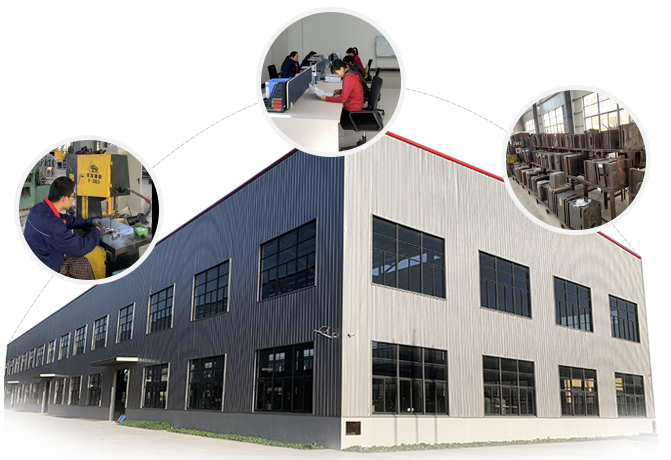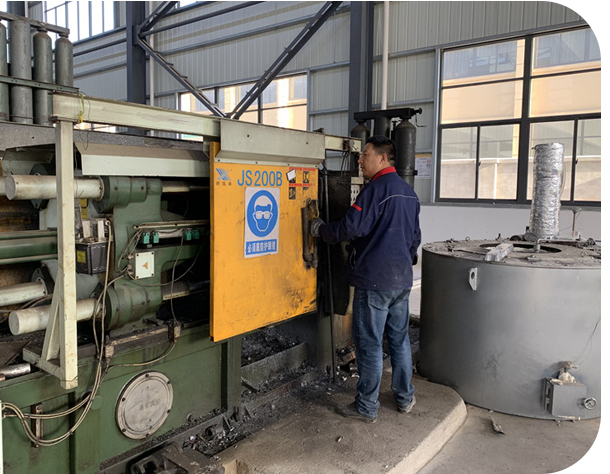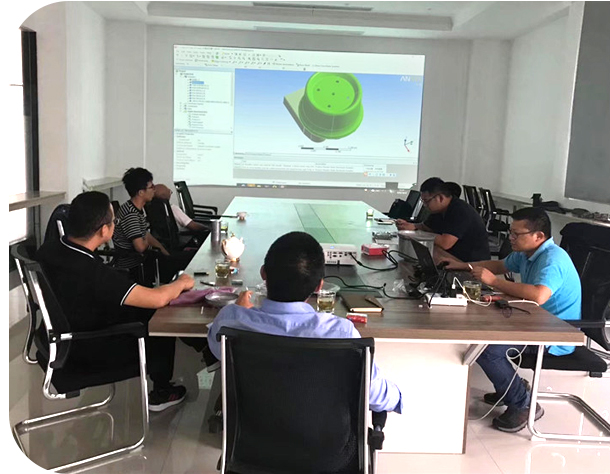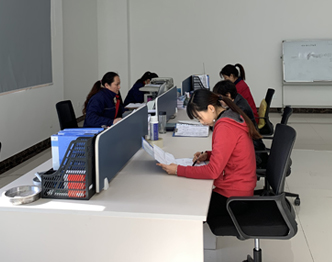
服务电话:
0513-86266166
名工巧匠,精确度量模具,铸件精度可达0.01-0.1mm

拥有先进的去毛刺设备,外加人员纯手工再次加工。让每一个产品都干净!不残留毛刺!

有抛光师傅全部是10年以上抛光经验,上岗前进行一对一培训,使抛光后产品棱角分明,不变形

自拥表面处理部门,无需外发加工,产品表面处理选用优质材料使产品光泽、立体感强

每一个产品按品质标准全检,出货良品率高
为各行业的压铸件提供全方位保障

FIRST
一站式服务厂家
占地20000平方米,厂房面积16600平方米 , 生产人员规模达 200余人,
20多台铝合金压铸机24小时生产,从开模到出货全由内部完成,无需外发,出货比同行快2-5天。
模具寿命长:选用进口8407钢材,确保模具的精度和使用寿命,模具可达50万模次以上

SECOND
深得大企业信赖
联铄品质部实施质量管理:5S质量管理、生产巡检、终检、质量控制计划、来料检验、生产件批准程序、员工周期培训。 , 5位从业经验10年以上研发工程师,45位经验丰富的技术相关人员;
与樱花卫厨、海尔集团、荣文集团、威曼汽车零部件等优质企业长期合作、产品广泛应用于汽车零部件、燃气具、灯具、空压机、对讲机等等多个领域。;

THIRD
追求产品品质
具有多名压铸件设计师,针对客户3D图纸进行改良, 优化表面设计和结构;
让产品更具市场卖点,不仅降低量产成本,更 提升终端市场销售量

FOURTH
贴心管家式服务
售前专人服务:根据您的打样图纸,进行相应的优化后,开始样品制作,并 免费邮送到贵司审查
售中:产品严格检验,按工艺分箱进行独立包装,由专业物流配送,便于客户存放
售后:任何非人为产品问题, 30天内可重做替换
聚焦公司热点事件,共享精彩瞬间
众多客户共同见证我们的压铸设备
一站式压铸设备整体采购供应商

冠军体育(中国)责任有限公司官网(以下简称公司),位于南通刘桥工业园,占地20000平方米、厂房16600平方米,东临黄海、西南依长江,距离南通机场8公里、苏通长江大桥10公里、上海一小时经济圈,交通十分便利,公司集压铸工艺设计、模具制作、压铸及加工成品为一体的专业压铸企业,拥有压铸机1600T、900T、800T、500T、280T、200T、160T、88T,可生产各种铝合金、锌合金压铸件。产品质量稳定、与樱花卫厨、海尔集团、荣文集团、威曼汽车零部件等等优质企业长期合作、产品广泛应用于汽车零部件、燃气具、灯具、空压机、对讲机等等多个领域。
公司拥有来自行业内技术专家和工程师组成的技术研发和管理团队,形成了专业的模具制造、压铸件生产、机械加工和完善的品质检验体系。为产品提供了可靠保证。

友情链接